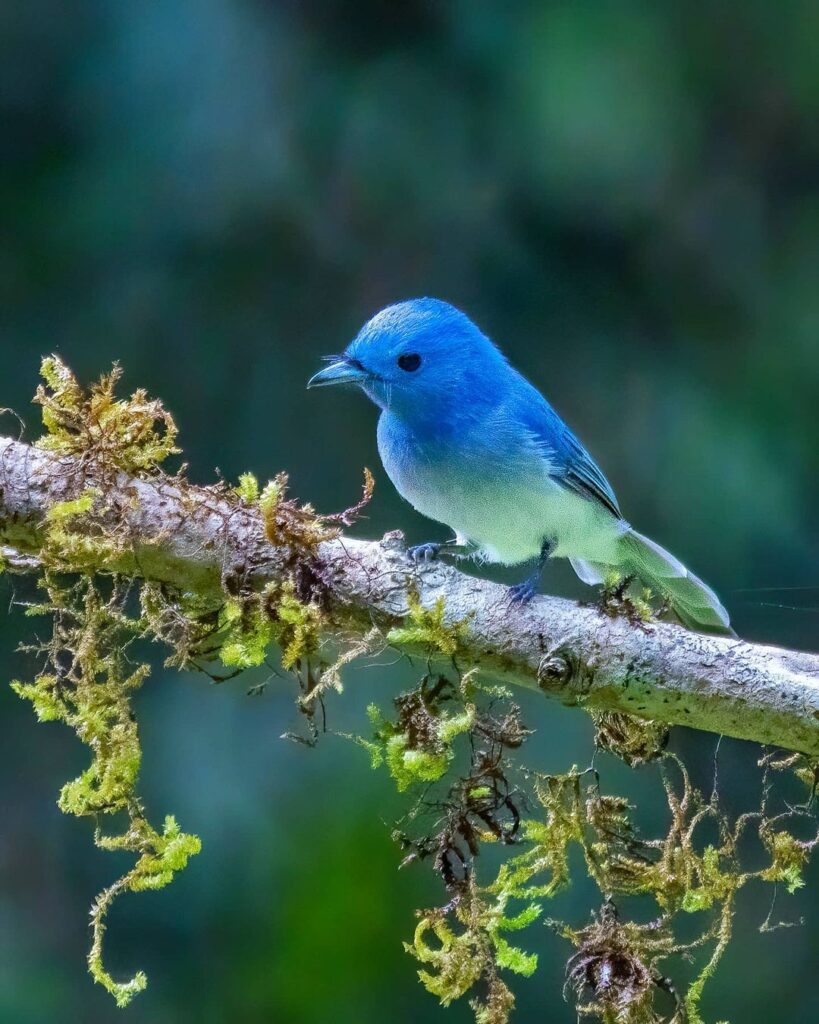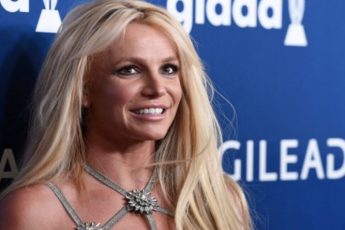Despite its appellation of “black-naped,” the bird is mostly blue. Its appellation, on the other hand, may have come from its thin black collar. In any case, it creates a lot of ambiguity. If you’re undecided about the bird’s name, you’re not alone. The bird belongs to the monarch flycatcher family as well.
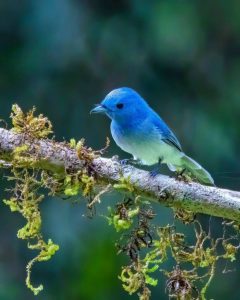
The gender of the birds influences their colour. Males have blue plumage and olive-brown wings, whilst females have a duller coloration with olive-brown wings. The black spots on the backs of the heads are absent in females. According to Thai National Parks, the bird is around 16cm long. Furthermore, the color of the birds differs by region. In other words, there may be color differences between Indian and Thai birds.
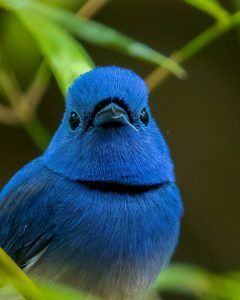
This bird’s song is similar to the Asian paradise flycatcher’s. As a result, the bird finds itself in mixed-species groups. The flock forages for food together. The majority of the bird’s meal is carnivorous. It prefers to hunt teeny-tiny insects. This is the origin of the word “black-naped blue flycatcher.” Singapore Birds has corroborated this.
The bird like to reside in both dry and wet woodland regions. Flycatchers can be found in densely forested areas. As a result, there are numerous trees. The main breeding season for the bird in India is from May to July. Furthermore, the bird lays two to three eggs. These are placed in a really well-made cup nest. The nest is in the ‘fork’ of a tree limb. The females build the nest, while the males demolish it.
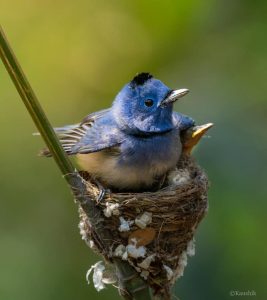
The flycatcher is listed as “Least Concerned” on the IUCN Red List. This blue bird, on the other hand, is threatened by habitat loss and other human activity. Deforestation eliminates the trees that offer a home for them. As a result, their population has shrunk. According to a Sri Lankan study, human activity has reduced their area by 75 meters. As with many other animals, they are easily impacted by human activity.
